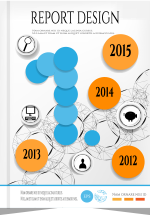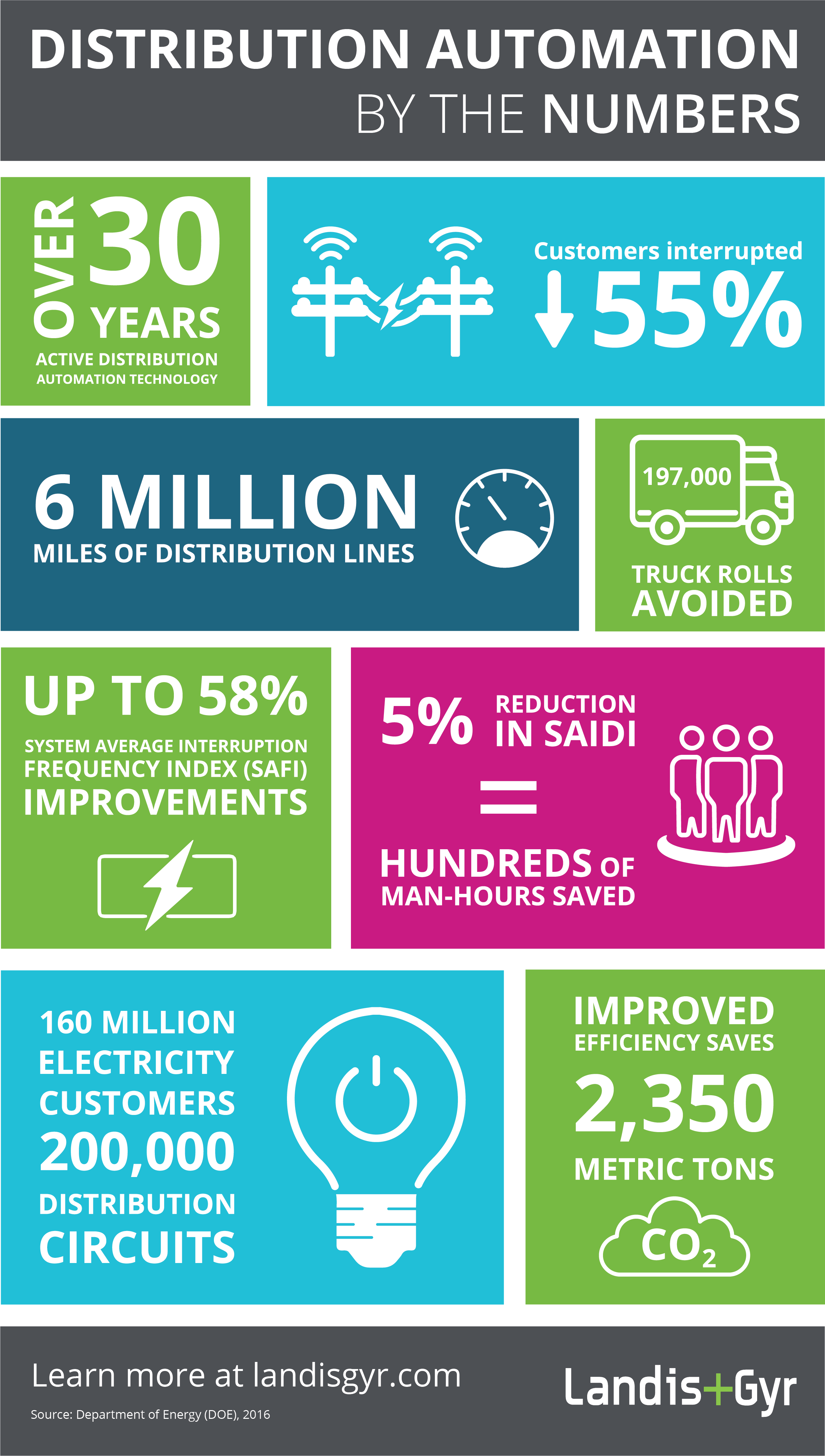How massive might the IoT impact on the utility sector be?
It seems one can’t go through the day without hearing about a new IoT device or the impact IoT will have on our lives. And for good reason, as outlined by Utility Dive, “Gartner predicts that IoT will deliver $1 trillion in economic value annually by 2022. UC Berkeley’s Alberto Sangiovani-Vincenelli sees a world populated by 7 trillion sensors by 2025. (IDC predicts that by 2019 51% of the nodes on the Internet will belong to machines, not people.)” At the heart of this growth are exponential technologies like sensors, robotics, and advanced analytics, which together form interconnected systems capable of quickly analyzing large amounts of data.
Many of us in the utility sector have been managing IoT devices for several decades in Distribution Automation (DA) applications; that is, the devices that we use every day to monitor, protect, and control our electric grids. As noted by Deloitte insights, “These critical systems are the sensory organs, nerves, and brains capable of giving our electric system the flexibility and agility necessary to enable ideas like a self-healing grid and dispersed generation sources.” Ultimately, they provide the foundation for a more intelligent grid.
As promising as IoT technologies may be, they do not come without challenges. The addition of distributed energy resources (DERs) and smart streetlights an array of different type sensors are increasing the scope, scale, and frequency of data required to operate our grids safely, reliably, and economically.
The author of a Forbes article highlighted the problem well: “A smart meter pinging your household for consumption data will generate around 400MB a year. Over 134 million U.S. households that translates to 53.6PB. And if you wanted to read the data every second – a level that would let a software program identify and perhaps fine-tune consumption in an unobtrusive manner – you exceed 42 exabytes.”
How does a utility even begin to think about managing operations when presented with data at such a scale?
Utilities face several operational challenges when dealing with this amount of information:- Uncertainty – Utilities need to manage a complex “system of systems” that is rapidly changing.
- Convergence – DER and IoT device proliferation coupled with the challenge of integrating operational technology and information technology systems.
- Security – Exponential growth of field-located devices creates a significant cyber threat for utilities.
So, how should utilities address these challenges?
According to John Radgowski, VP Industry Solutions at Landis+Gyr, “Distribution systems will become increasingly complex as the internet of things proliferates and more smart devices interact with utility networks. A layered approach to architecture and planning is proven successful at managing complexity to unleash the full potential of the smart grid.”
Utilities should be investing in multi-purpose communications networks and software that simplifies the acquisition, transport, and integration of DA and IoT data into their existing environments. These solutions help to:
- Reduce complexity by:
- Providing a single point of connection for all systems and devices
- Supporting legacy systems while allowing deployment of new technologies
- Extending asset life through communications bandwidth management
- Make IT/OT integration easy by:
- Providing full protocol and data model translation
- Decreasing the amount of time required to integrate new devices and systems
- Improve cyber security through:
- Implementing data encryption and trust-based authorization
- Centralizing governance to reduce errors and gaps
- By implementing these types of systems, utilities can reduce the amount of labor required to add new systems and devices, decrease the time required to realize benefits from their smart grid investments, defer investments in new assets, and strengthen their cyber security positioning.
To find out how to make the most of your IoT data using a multipurpose network, click here.








-001.jpg)



Leave a comment